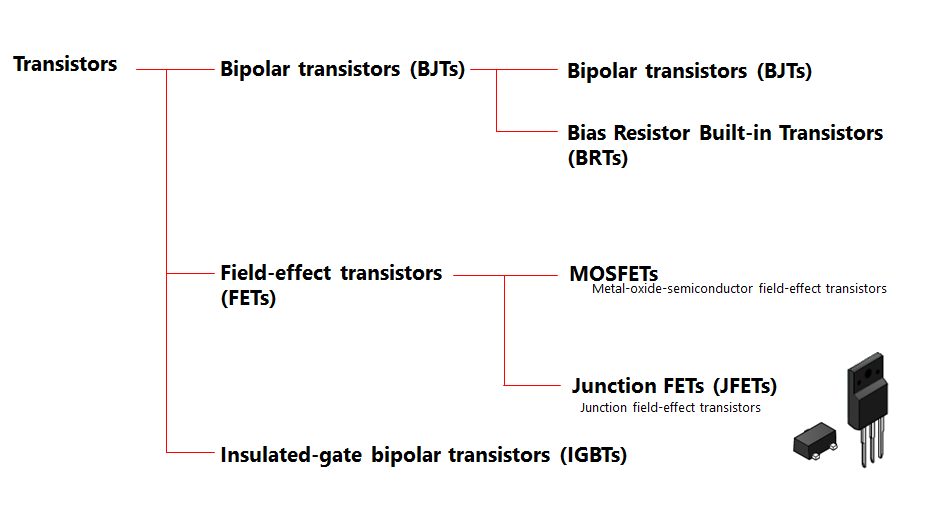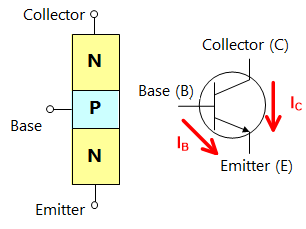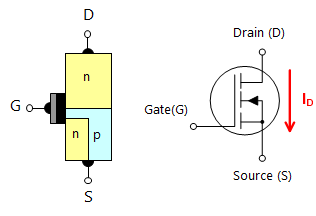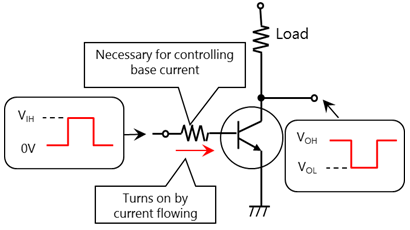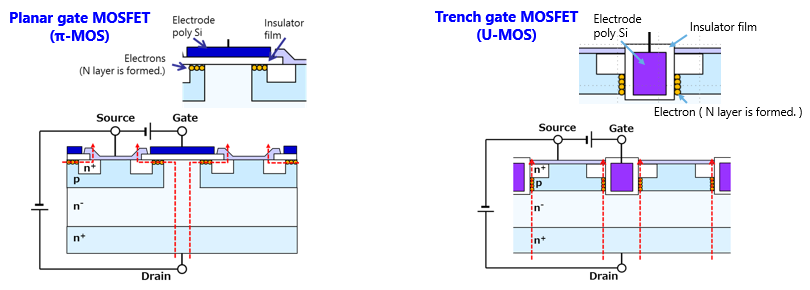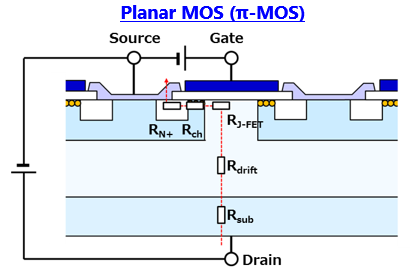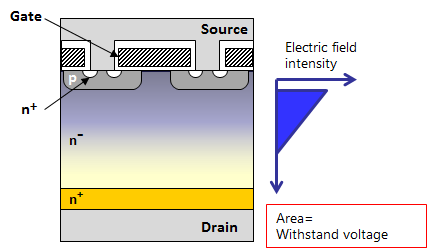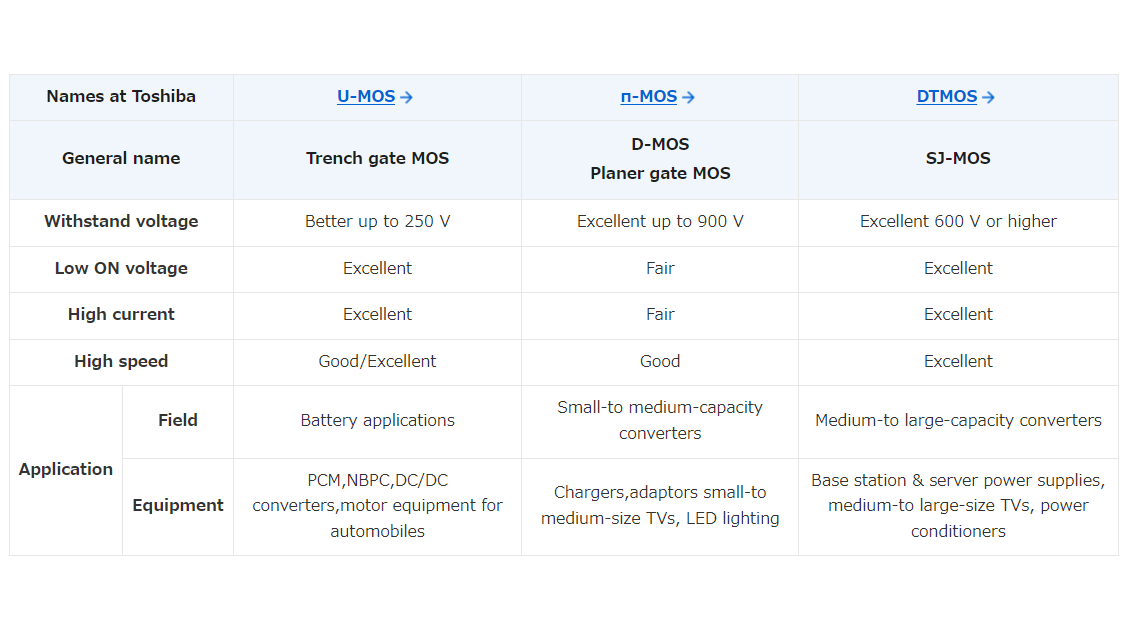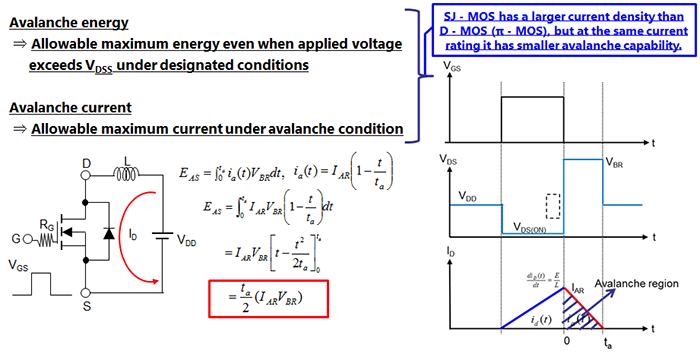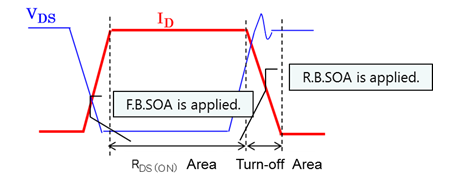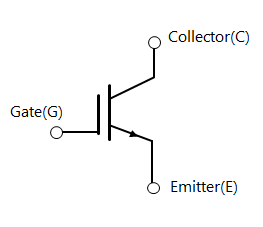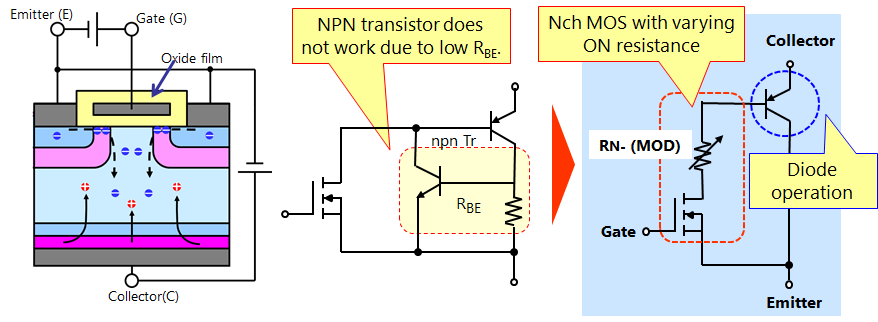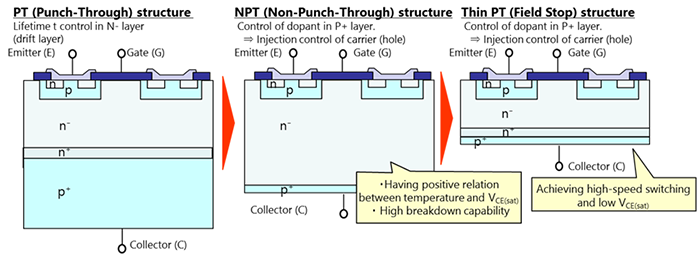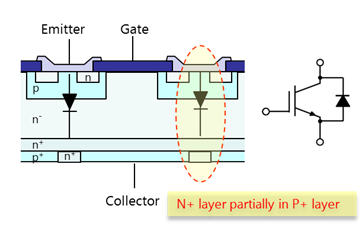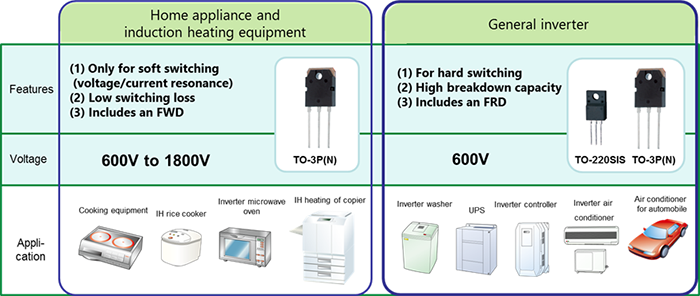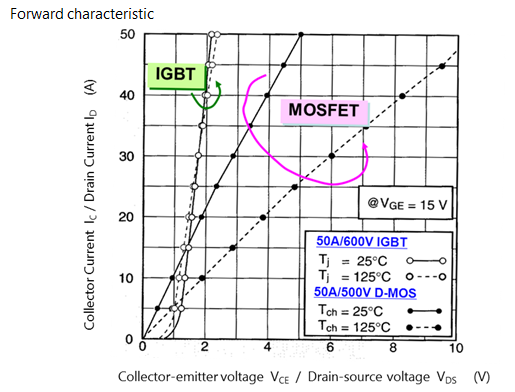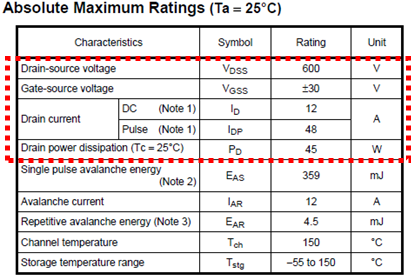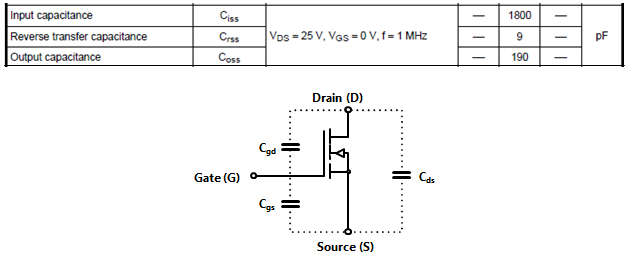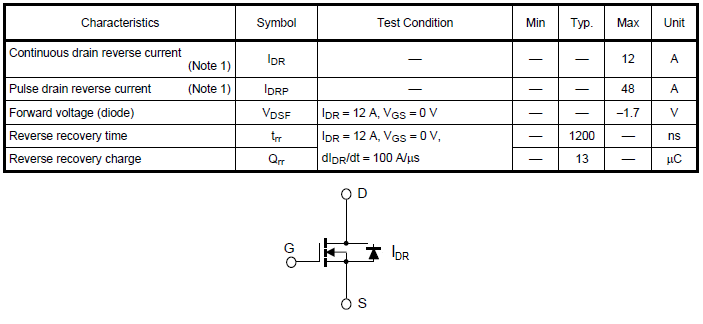- 型号 & 关键词搜索
- 交叉搜索
- 参数搜索
- 库存查询与购买
This webpage doesn't work with Internet Explorer. Please use the latest version of Google Chrome, Microsoft Edge, Mozilla Firefox or Safari.
请输入3个以上字符 Search for multiple part numbers fromhere.
The information presented in this cross reference is based on TOSHIBA's selection criteria and should be treated as a suggestion only. Please carefully review the latest versions of all relevant information on the TOSHIBA products, including without limitation data sheets and validate all operating parameters of the TOSHIBA products to ensure that the suggested TOSHIBA products are truly compatible with your design and application.Please note that this cross reference is based on TOSHIBA's estimate of compatibility with other manufacturers' products, based on other manufacturers' published data, at the time the data was collected.TOSHIBA is not responsible for any incorrect or incomplete information. Information is subject to change at any time without notice.
请输入3个以上字符
MOSFET的性能:电容的特性
下载“第Ⅲ章:晶体管” (PDF:2.0MB)
Ciss、Crss和Coss的电容特性是影响MOSFET开关特性的重要因素。
Ciss:输入电容(Ciss=Cgd+Cgs)
⇒栅极-漏极和栅极-源极电容之和:它影响延迟时间;Ciss越大,延迟时间越长。
Crss:反向传输电容(Crss=Cgd)
⇒栅极-漏极电容:Crss越大,漏极电流上升特性越差,这不利于MOSFET的损耗。高速驱动需要低电容。
Coss:输出电容(Coss=Cgd+Cds)
⇒栅极-漏极和漏极-源极电容之和:它影响关断特性和轻载时的损耗。如果Coss较大,关断dv/dt减小,这有利于噪声。但轻载时的损耗增加。
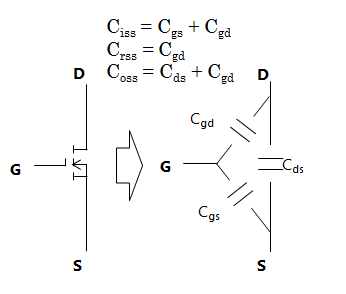
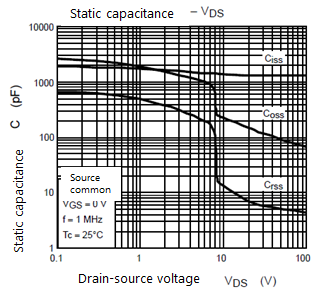
第Ⅲ章:晶体管
相关信息
- 产品
- 应用说明
- FAQ


